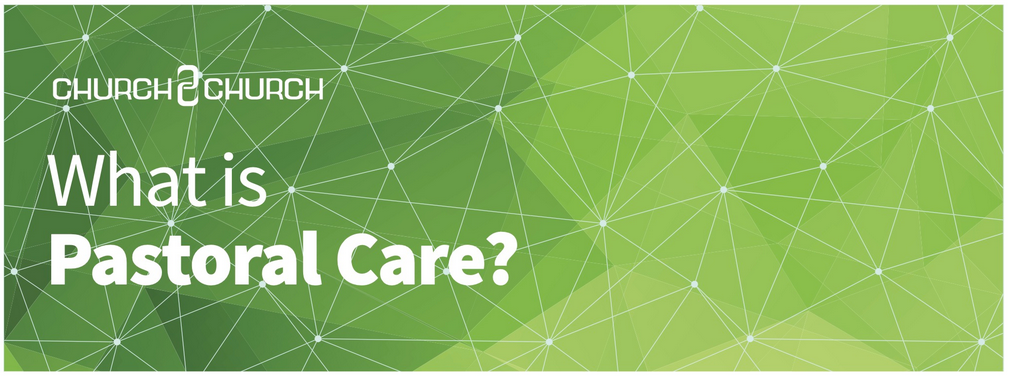[전통적연구] WHAT IS PASTORAL CARE WITHIN THE CHRISTIAN WHOLENESS FRAMEWORK? What is Pastoral Care? WHAT IS PASTORAL CARE WITHIN THE CHRISTIAN WHOLENESS FRAMEWORK? THE FIVE STEPS AND THE FIVE SHAPES In the Introduction to C.U.R.E. and in The second C.U.R.E step is to know and be The third C.U.R.E step is to respond utilising their skills and yours. The Cross Shape with the Square Shape shows how new responses to God, self, and others can GOD The first C.U.R.E step is to connect with S.A.F.E.T.Y. The Triangle Shape reminds us that people were created to love God, others, and themselves. Dr Warlow asks, “As you stand on the Connecting Step...before asking a question of them, first prayerfully ask yourself some of these Triangle shaped questions about them: Are they on their own? Do they have someone else with them? How are they with God? Do they ever bring the three of these relationships together with someone safe enough – someone they can share and pray with?” We ask, “How are you? You and others? You and God? You, others and God?” This type of pastoral care takes a OTHERS = T.A.S.K. Skills Knowledge Attitudes SPIRIT Transformational 5. EVALUATE your C.U.R.E. 4. ENGAGE HELP the pyramid corners 3. RESPOND utilising their skills & yours 2. UNDERSTAND using shapes 1. CONNECT in S.A.F.E.T.Y. C S O S I A L Y H P I C A L I M N D E H R A T What is Pastoral Care? Left side Right side God centred GOD Gradual change and growth Flourishing Struggling Repentance - we return home to where we belong Forgiven, loved, and accepted by God through Jesus LOCAL CHURCH FAMILY + FRIENDS PEOPLE HELPER Coming home to God to where we belong At this fourth step, the people helper helped Larry engage help. People from his church and family/friends corners helped him PROFESSIONALS + WORK how to change. Religion and irreligion seek change that moves people from suffering to flourishing, but in self or others centred ways. The gospel empowers God-centred change. The house on the God centred side, next to the cross, pictures the secure home with God that Jesus has given us in life, death and resurrection. When we realise we have been suffering or flourishing in self or others centred ways, we admit that to God. In our hearts and minds, we come or return home to God, thanking God that we are forgiven and loved by God in Jesus. Not because of anything we have done, but because of what Jesus has done for us. Our secure home with God in Jesus enables us to seek to live in new God-centred ways, whether we are flourishing or suffering. Real Christian experience is a cycle of growth, as we repent and return home to God, to where we belong. Growth and change happens as we learn to think and act based on God’s forgiveness and love. Dr Warlow encourages us to ask, “What difference is being a Christian making in their life? To what extent is the presence of God within the person making a difference in their life? To what extent is their actual life consistent with who they are in God and with God’s main purpose for them?” The fourth C.U.R.E step is to engage help from the person’s pyramid corners. When God said in Genesis 2:18, “It is not good for the man to be alone,” God was saying he created people to live in community (whether married or single). The pyramid pictures the shape of a person’s community. With the person and the issue at the centre of the pyramid, explore with them the help they The fifth C.U.R.E step is to evaluate the C.U.R.E. steps for you, then for the person you’re helping. Here are some evaluation questions Dr Warlow suggests. Apply these first to yourself, and then to the person you’re helping: Step 1: Connect to love. How much am I loving and being loved? What is my connection like with God, others, and myself? Step 2: Understand to know. How much am I understanding others and being understood? To what extent do I really know God, others and myself? Step 3: Respond to grow. How much am I growing and also helping others to grow? Step 4: Engage help to serve and show love. How’s that going for me? Resources For a fuller understanding of the 5 steps approach to wholistic pastoral care, we encourage you to read Dr John Warlow’s book The C.U.R.E. for life: God-Centred Transformation. 3. RESPOND utilising their skills & yours 5. EVALUATE your C.U.R.E. 4. ENGAGE HELP the pyramid corners 2. UNDERSTAND using shapes 1. CONNECT in S.A.F.E.T.Y.
|